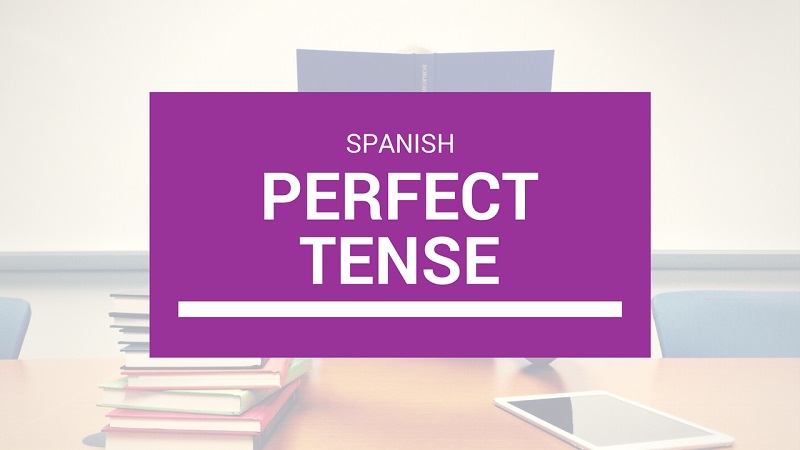In Spanish, the present perfect tense -also called “pretérito perfecto compuesto”- is used to express actions that happened in a specific period of time that still continue.
For example:
Hoy he estudiado mucho español.
(I have studied a lot of Spanish today)
Esta semana hemos bebido demasiada cerveza.
(We have drunk too much beer this week)
“Hoy” (today) and “esta semana” (this week) are unfinished periods of time.
➤ The present perfect tense is also used to talk about specific events without mentioning the period of time when that event took place. For example:
Yo he estado en Patagonia varias veces.
(I have been in Patagonia many times)
Laura ha vivido en cuatro países.
(Laura has lived in four countries)
➤ Grammar structure: auxiliary verb in the present tense “haber” + participle.
Verb “haber” in the present tense Participle
HE
HAS
HA + CAMINADO/COMIDO/VIVIDO*
HEMOS
HAN
Need Spanish Classes in Barcelona? We can help you!
Other locations:
Study Spanish in Madrid
Study Spanish in Valencia
Study Spanish in Mexico
Study Spanish in Toronto
Spanish Spanish in London
➤ The participle is formed by adding:
-ado to the verbs ending in -ar
sonar→ sonado
amar→ amado
-ido to the verbs ending in -er and -ir
comer→ comido
vivir→ vivido
➤ There are some irregular participles that need to be memorized. The most frequent ones are:
abrir →abierto (open)
decir → dicho (said)
escribir → escrito (written)
hacer → hecho (done)
morir → muerto (dead)
poner → puesto (put)
romper → roto (broken)
ver → visto (seen)
volver → vuelto (returned)
➤ The English equivalent to the pretérito perfecto compuesto -or present perfect- is: have/has + past participle.


